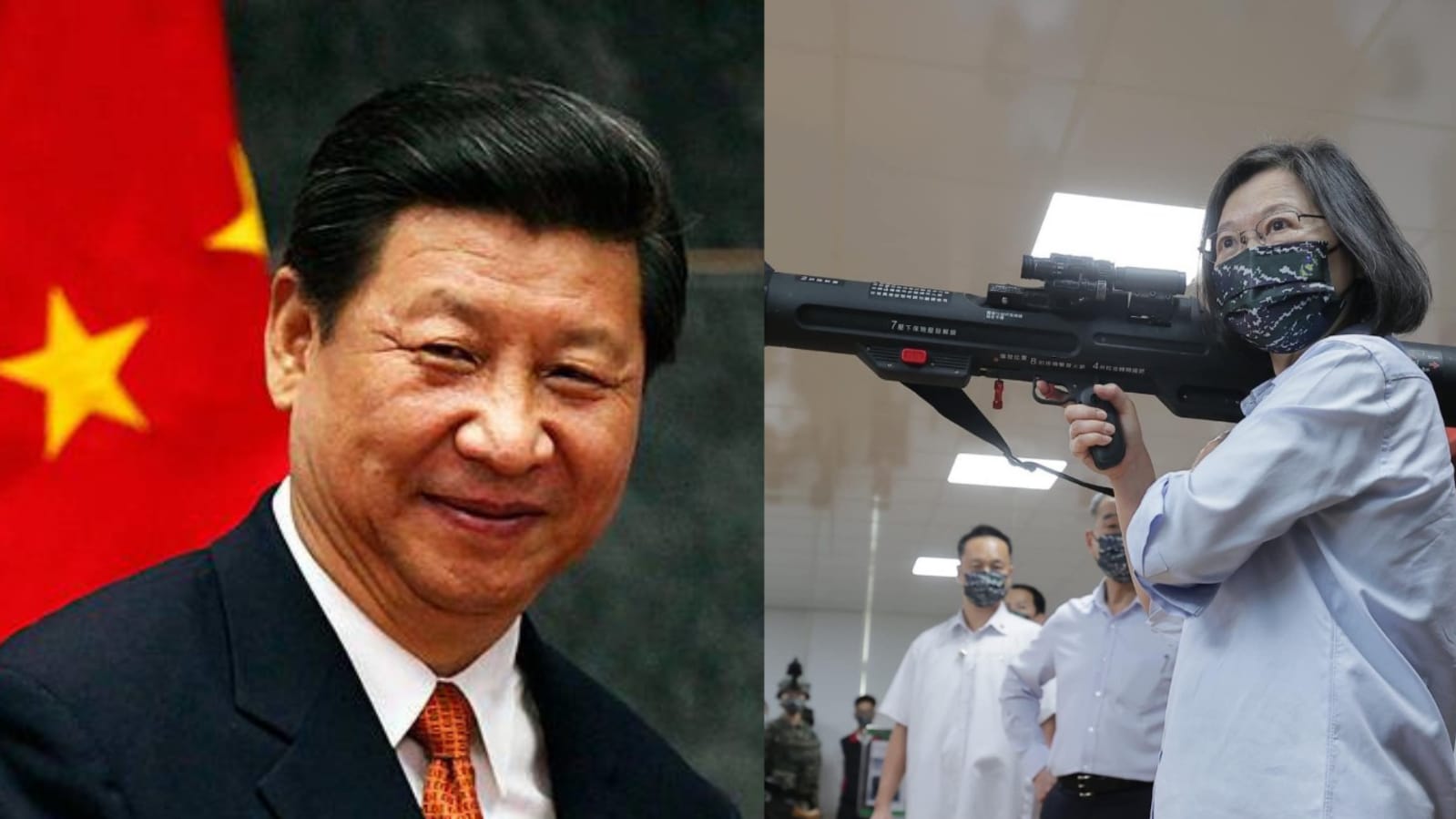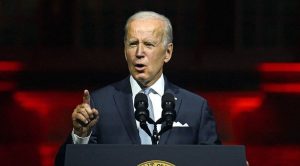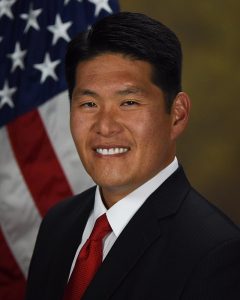The contested territory of Taiwan has long been at the centre of diplomatic tensions between the United States and China. US House Speaker Nancy Pelosi fuelled more fire between the two nations, outlining her intentions to visit the island weeks ago. But as Pelosi leads the Congressional tour to the Indo-Pacific region, touching down in Singapore today, Taiwan remains absent from her itinerary. This follows after Chinese President Xi Jinping sent a strongly-worded warning to his American counterpart, Joe Biden.
Also Read: What to expect from US House Speaker Nancy Pelosi’s Asia tour
China claims Taiwan as its territory, seeking to “fully reunify” the island with the Chinese mainland. However, Taiwan- with its constitution and democratically-elected leadership- claims independent nationhood, separate from the Chinese entity. The United States support Taiwanese claims. Joe Biden even pledged military intervention in case of a Chinese attack, going back on the US policy of strategic ambiguity on the Taiwanese front. Since 2021, military drills have seen a rise in the region. The Chinese have made several incursions into Taiwanese airspace, while reports suggest an American strike group is moving through the South-China sea.
A brief history of The China-Taiwan conflict
The island first came under Chinese command during the Qing Dynasty in the 17th Century. In 1895, Japan seized control of the territory after defeating the Qing Dynasty in the First Sino-Japanese War. Taiwan remained under the Japanese till 1945 but came into China’s purview after the Japanese defeat in World War II.
A civil war erupted in China soon after between Chiang Kai-Shek’s forces and Mao Zedong-led Communist Party. After the capture of Nanjing by the communists and the subsequent defeat of the Nationalist Army across the mainland, Mao established The People’s Republic of China (PRC) on October 1st, 1949. Chiang Kai-Shek and whatever remained of the Nationalist Party- The Kuomintang (KMT)– along with soldiers, intellectuals and the Chinese bourgeoisie fled across the sea to Taiwan, eventually establishing the Republic of China (ROC) across the islands that today comprise Taiwan.
Also Read: War of words: China warns of Taiwan’s ‘demise’ after missile strike threat
The PRC claims Taiwan as its territory- and the ROC as a breakaway faction- citing this history, tracing back to the time when Taiwan was a province within the Qing Dynasty to The KMT’s exodus. The Taiwanese draw from the same past but argue that the island was never part of the make-up of the modern Chinese state, taking in the twin revolutions of 1911- the Xinhua Revolution that toppled the Qing Dynasty- and the Communist Revolution, led by Mao, in 1949.






